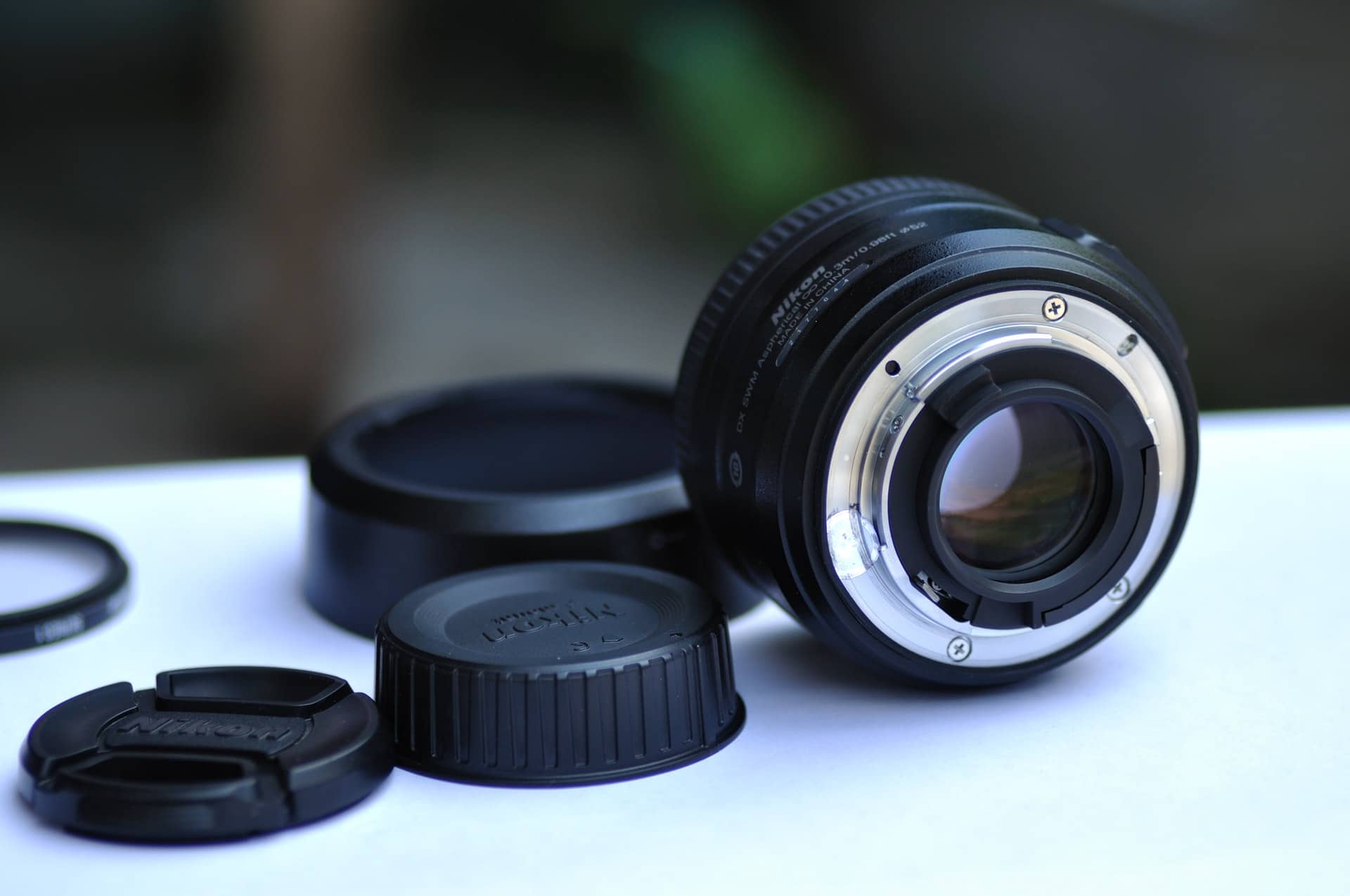
Organizing the studio and piecing up the equipment’s for a photo shoot can be exciting for any photographer. Things get even more exciting when you have an assignment on location because the opportunity to see the outside world usually generates a lot of interest to the discerning photographer. However, to a beginner who has taken up photography, the idea of buying photography equipment can be daunting, especially if you want to get it right the first time. A complete checklist should have everything from camera to the lens and tripod. The camera is the core equipment in photography. Some of the most widely used beginner and professional cameras include the DSR and mirrorless cameras with features such as viewfinder eyepiece, the image sensor, and matte focusing screen. Photography expert, D. Scott Carruthers discuss the best equipment photographers should consider for photo shoots.
Camera Lens
The camera lenses come in different styles and capabilities. Free lenses are often sold as part of a complete camera kit. You can also invest in zoom lens prime lenses and third party lenses designed to capture high-quality shots. The choice of lens largely depends on individual preferences, type of shoots you want to capture and amount of money you want to invest. When you have a camera and lens, it is instinctive that you invest in a good camera lens or sensor cleaning kits to keep your sensors, LCD’s and lenses smudge-free. The tripod is the other essential equipment for a beginner, even though it is often overlooked or undervalued by most photographers. A sturdy tripod with clamps and ballhead adjustment helps stabilize the camera and accurately adjust positions.
Software
The software is an essential component in modern photography. Software’s such as Adobe Lightroom and One Pro can be used to organize, edit and finally process images. These photo editing programs come with various capabilities, including color correction tools. You also need a good monitor like the IPS to monitor to perform editing effectively. Once this is done, your next step is to find the right hardware to calibrate the colors in your monitor to get more accurate colors during printing stage. A camera flash is an important component of photography, more so when you want to shoot creative still life photos and portraits. The special features to look forward to in the whole flash setup include; the automatic TLL mode and light modifiers such as a reflector.
Reflectors
You can buy a folding reflector to predictably bounce light and work out a variety of lighting effects using the studio light. These types of reflectors come in different size and shapes. For greater mobility, consider buying a small, energy efficient flashlights to take care of inadequate lighting. In spite of its diminutive size, the LED flashlights are very bright in comparison to the incandescent light. Beginners also need camera filters in their toolbox, even though most digital cameras in the market feature white balance control. One of the most important filters in digital photography is the polarizer that works by filtering out glare from shiny objects. The filter also makes the images more saturated and visibly vibrant. This type of polarizer is especially useful in landscape photography.
Filters
The other popular types of filters include Diffusion filters, Neutral Density filters, and Ultra Violet rays reduction filters. UV filters often come in handy, when shooting indoors and outdoors. The filters work by tempering the degree of UV radiation generated by electronic flash tubes. The Neutral Density filters, on the other hand, are neutrally tinted to minimize the amount of light coming into the lens. This makes it possible for the aperture or shutter setting to be changed as needed depending on the balance you want to achieve. The Diffusion filters are important when shooting a portrait or a wedding event as they can be used to soften the subject’s skin tones or create a fair haze. A special diffusion tool called soft focus filter can also help soften the facial features.
If you are a working pro, you need to invest further in more sophisticated photography equipment such as light meters, wireless remote triggers and a host of storage devices. The wireless remote triggers are highly resourceful when taking photos in crowded places. The trigger will greatly eliminate the number of cables strewn on the floor, thereby preventing falls or tripping. With features such as multiple channels and frequencies, the wireless remote can trigger the main, quickly fill the flashes on the camera and discriminate coordinate channel selection. Lastly, growing number of professional photographers are turning to light meters to accurately establish the level of ambient and flash exposures in cameras and reduce interference’s in the shots.
About the Author
D. Scott Carruthers is a talented professional photographer based in California. His areas of specialty include Portrait, Travel and Wedding photography. Carruthers philosophy when it comes to capturing emotional depth is grounded on three realities observe, feel and more importantly, connect.